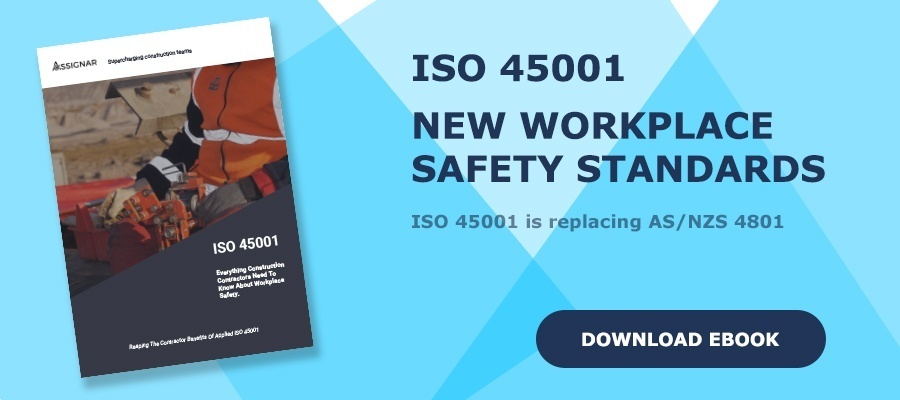Safe Work Method Statements: Health and Safety Procedures For High Risk Construction Work
Safe Work Method Statements (SWMS) defined…
In accordance with laws associated with Work Health and Safety Regulation 2011, current as of July 1st, 2017: Any individual operating a business or embarking on (PCBU) involved in high risk work associated with a construction project must provide documented evidence concerning how their operations will regulate exposure to the risks of illness or injury that can accompany said tasks. The pattern of SWMS must proceed according to the following specifications:
- Prepare in advance of initiated work functions
- Craft in conjunction with those responsible for completing the work
- Provide step-by-step procedures on how the task is to be performed
- Present the principal contractor with a copy of the SWMS before the associated work begins
- Confirm that all necessary parties have properly arranged ensured compliance with the specs of the SWMS in advance of carrying on the associated work
- Shutdown, as quickly as safety permits, and associated work that is not following the standards defined within the SWMS specs
- Evaluate the SWMS and revise when necessary
- Resume delayed activities only when progress falls into accordance with the SWMS
- Confirm that a copy of the SWMS is stored and readily accessible until the associated state of high-risk construction work is fully completed.
Safe Work Method Statements: Definition of High Risk Construction Activities
Construction activities defined as high risk include the following tasks:
- Any activity involving the possibility of a person falling more than 6.5 feet
- A requirement to work near or in a confined area
- Working on a telecommunication tower
- Repairs or alterations on structures supported by temporary collapse prevention schemes
- With or near explosives
- With or near pressurized gas piping
- Pre-cast or tilt-up concrete
- Tasks closely associated with railways, roadways, shipping lanes or other traffic ways not specifically designed for pedestrians
- Demolition of load-bearing elements of any structure
- Demolition wherein there exist a likelihood of disturbance of asbestos
- Diving work or any other work near any liquid wherein a risk of drowning occurs
- Activities near or in shafts, tunnels or trenches involving 5 foot or more excavation depth
- Activities associated with chemical, fuel or refrigerant lines
- Working in or near flammable or contaminated atmospheric environments
- Areas wherein artificial extremes of temperature occur
- Tasks associated with energized electrical services or installations
- AND Others.
Safe Work Method Statements: Additional Fundamentals
- SWMS often used as a training and procedural tool
- SWMS as written evidence of task-specific safety management
- SWMS must be signed and dated by the responsible parties before commencement of work
- SWMS to include following specific details:
- Definition of the high-risk activity
- Applied control measures
- Steps to be performed
- Process for monitoring and reviewing of control measures
- All relevant prescribed occupations.
Safe Work Method Statements: Simplified By Efficient Software Management
Creating contracts, complying with Work Health and Safety Regulation 2011, and simplifying the process for subs, workers and your construction firm need not consume all of your time and energy. The Assignar real-time workforce and asset allocation and planning software includes in-depth form builder routines. Manage your SWMSs with speed, accuracy and flexibility. Customize as needed. Perform real-time tracking. Deliver updates with Assignar mobile-driven communications technology.





